
Latest blog posts from Schuyler

Cloud data protection is an increasingly popular element in an organization’s security strategy. In this article, we’ll explore what cloud data protection is, why it’s important, and the best practices to follow when migrating to the cloud. By the end of this article, you’ll understand the benefits and challenges of adopting a data security strategy for cloud environments.

In this article, we’ll explore the basics of NIST 800-53 compliance and cover the complete list of NIST 800-53 control families. We’ll also provide a 5-step NIST 800-53 checklist and share some implementation tips. By the end of the article, you’ll know how organizations can use the NIST 800-53 framework to develop secure, resilient information systems and maintain regulatory compliance.
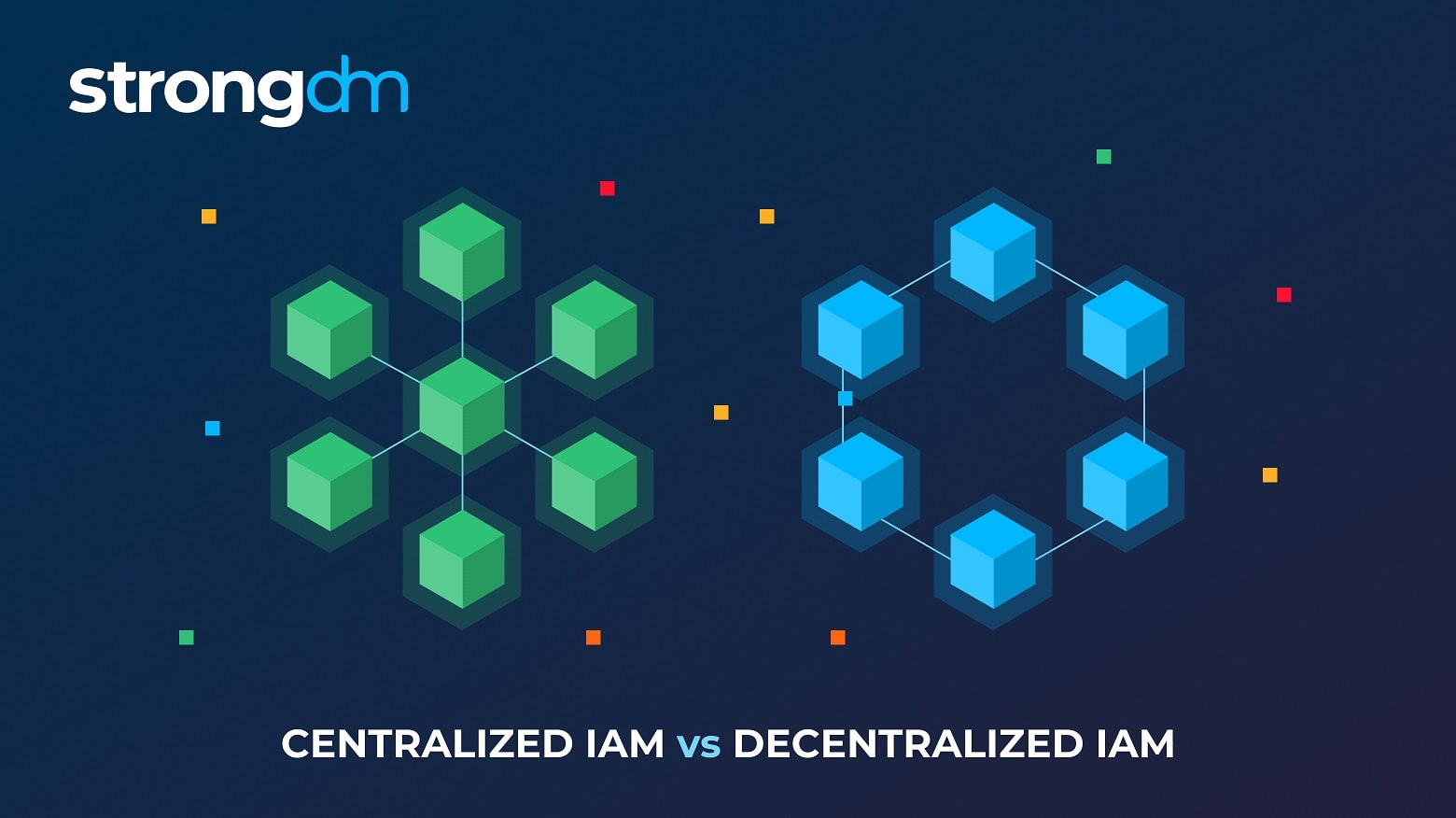
In this article, we’ll define centralized identity management and explain the difference between centralized and decentralized identity management models. We’ll explore what centralized access control is, how it works, and how centralized access management handles provisioning, authentication, and authorization. By the end of the article, you’ll know how to choose between centralized account management and decentralized models to prevent cybercrime and streamline provisioning workflows.
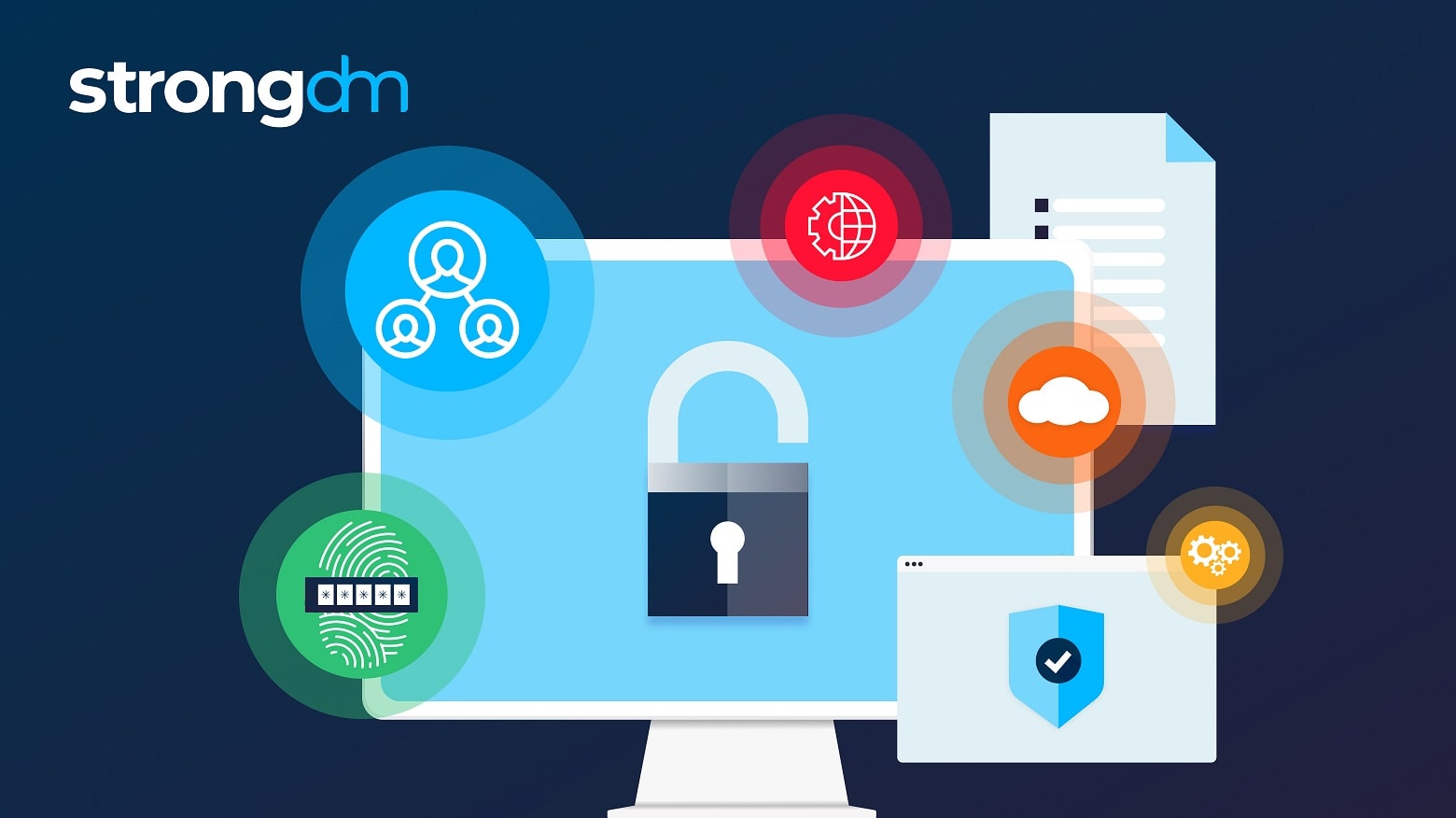
In this article, we will look at three important types of access control in security. You’ll learn about the different types of access control, how they work, and their pros and cons. By the end of this article, you’ll understand what type of access control will work best for your organization and meet your security needs.
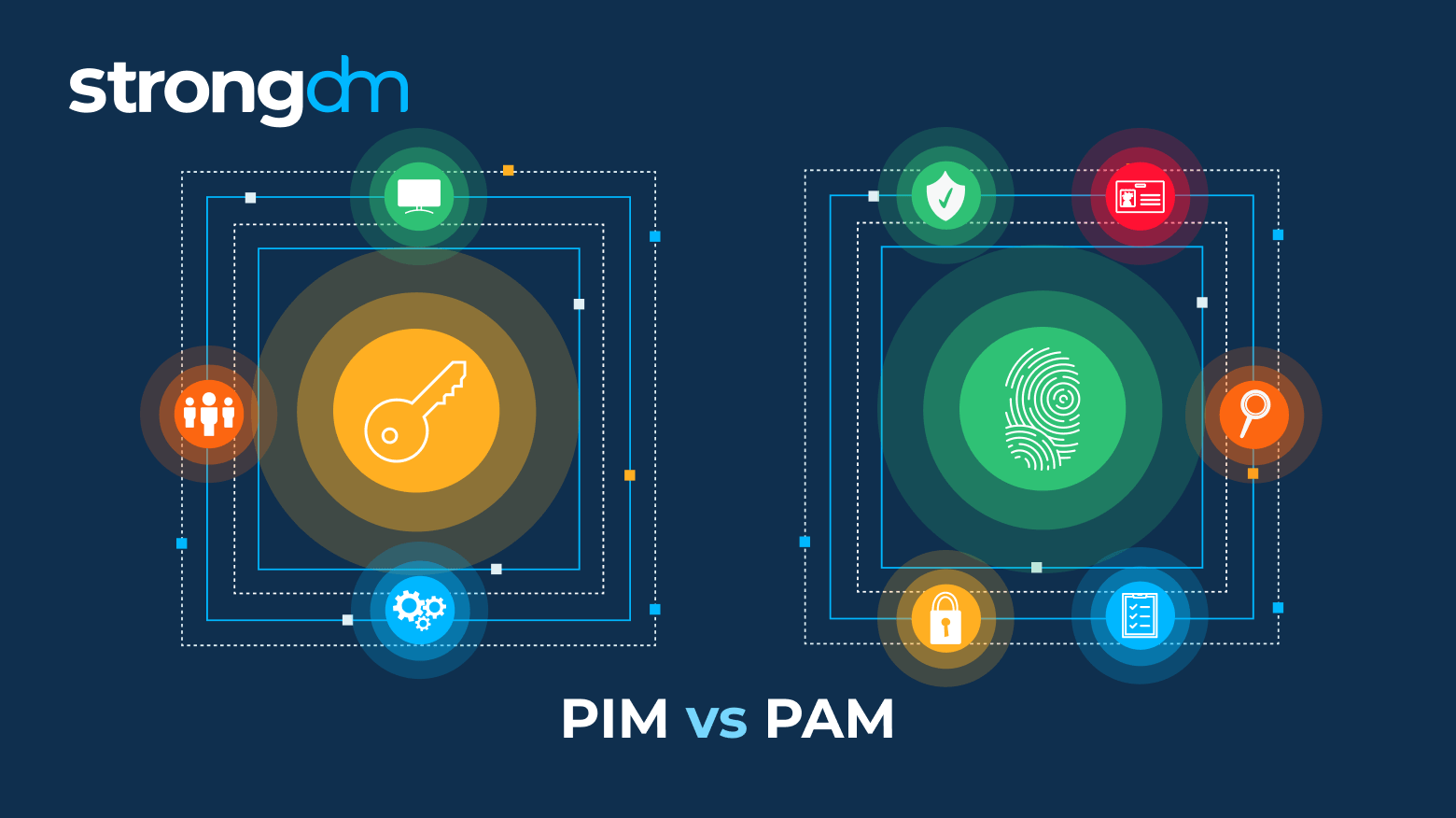
Understanding the nuances of privileged access management vs privileged identity management can be challenging. Although PIM and PAM are often used interchangeably, there is an important difference between PIM and PAM that companies should know. In this article, we’ll explain PIM vs PAM and explore how they work to demonstrate the differences between them. By the end of this article, you’ll know what role PIM and PAM should play in your security strategy.
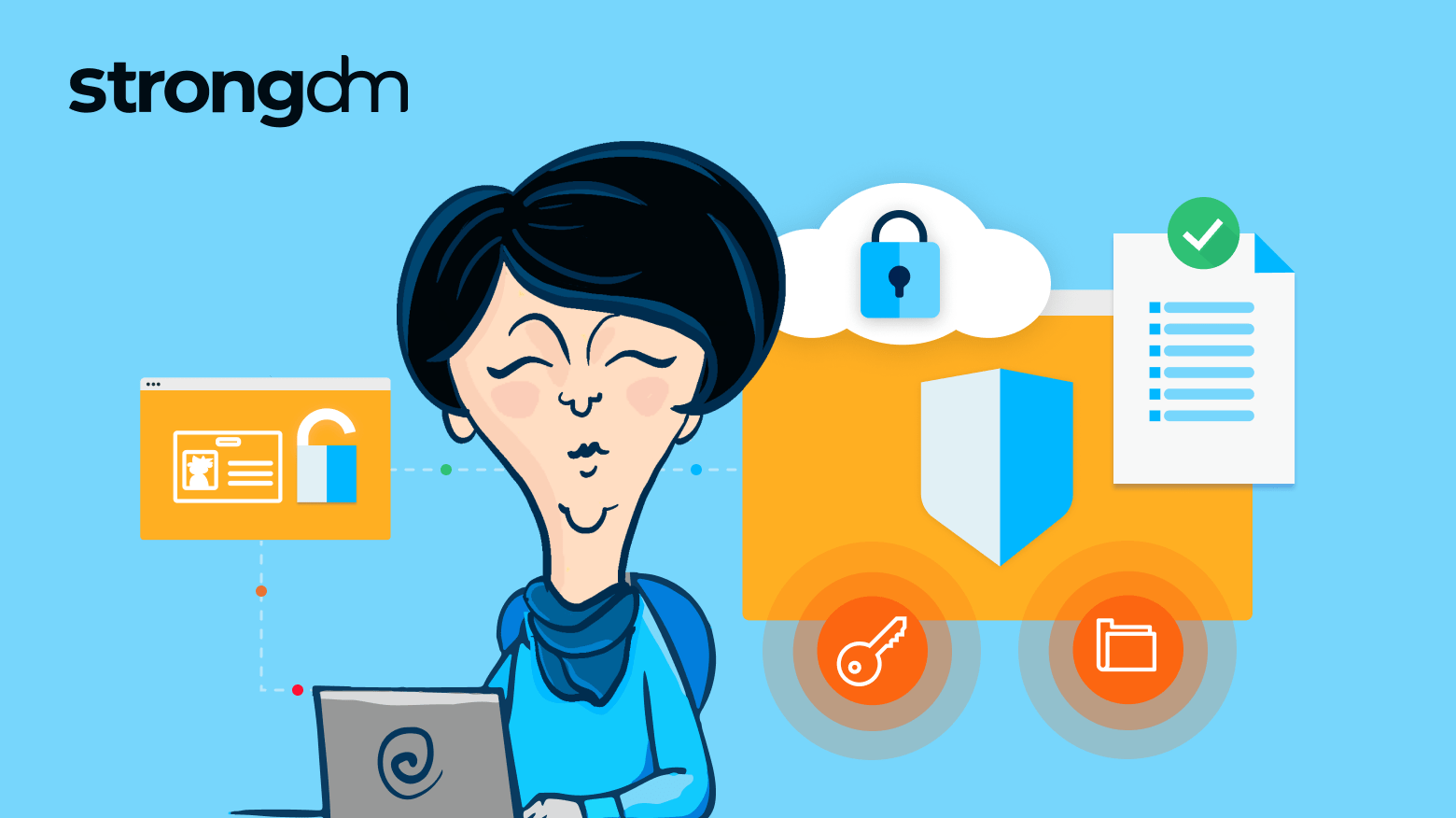
Enterprises often have thousands of users to manage, and therefore unique requirements for their enterprise identity and access management software solutions. In this article, you’ll learn what enterprise IAM is and what to expect in a successful enterprise-wide IAM software implementation. By the end of this article, you’ll know the benefits and challenges of introducing enterprise IAM solutions in your organization.
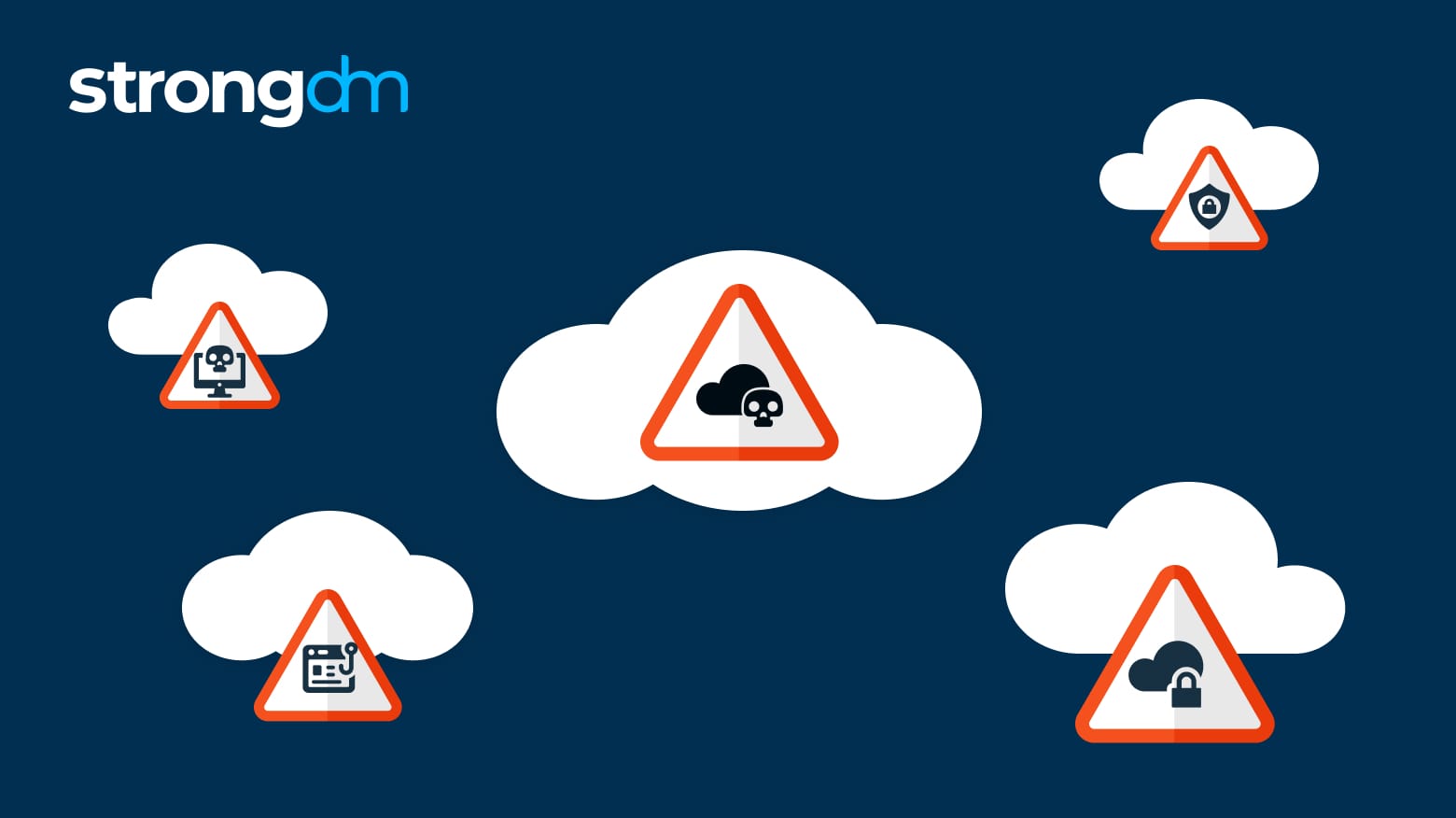
In this article, we look at the top risks and security issues in cloud computing. You'll learn about specific cloud security threats and cloud storage security issues, as well as strategies for managing cloud security effectively. By the end of this article, readers will fully understand the top security issues related to using cloud-based file management tools and services.
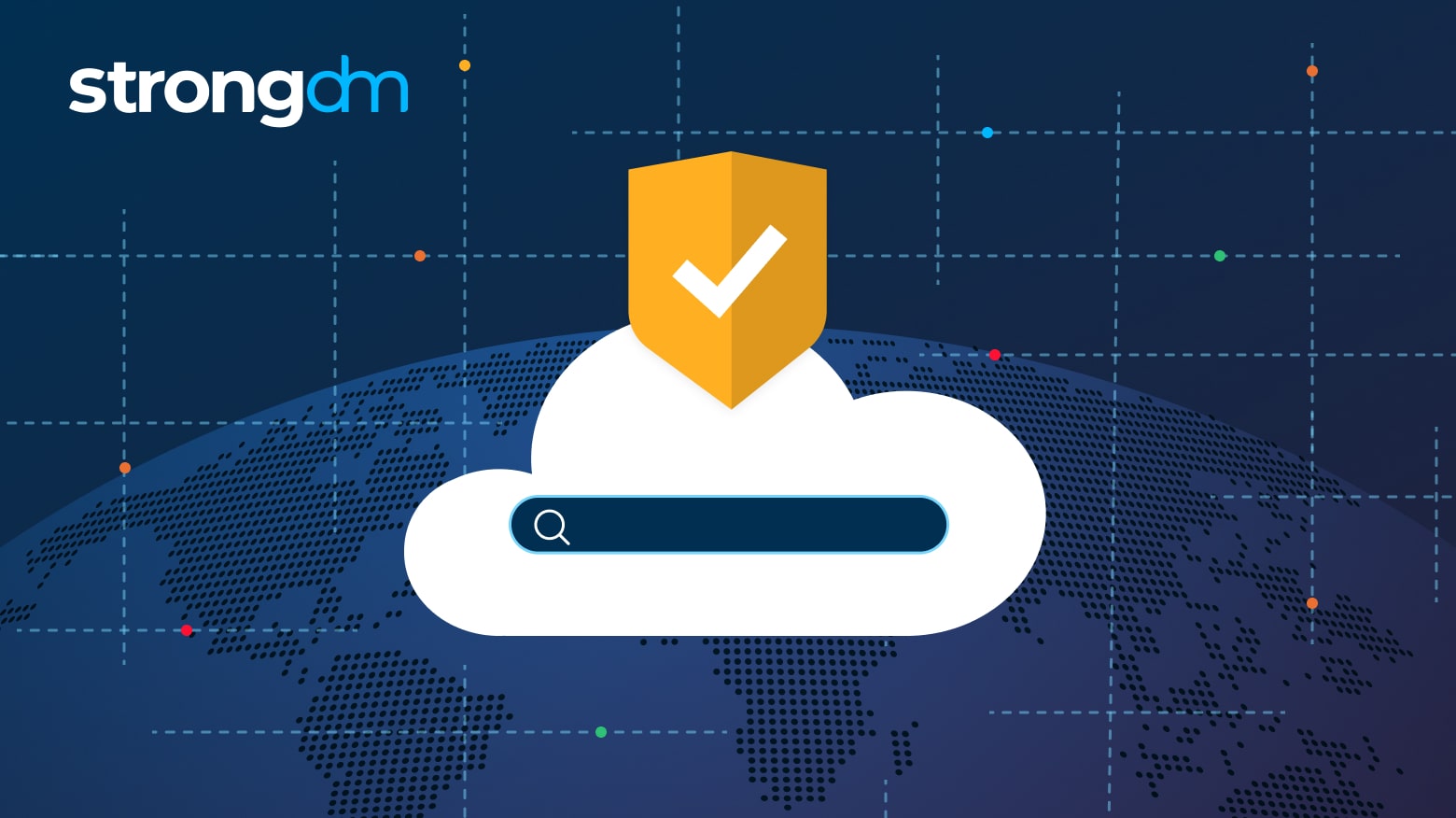
In this article, we take a deep dive into Remote Browser Isolation (RBI), its history, and how it works. You'll learn about the common challenges associated with remote browser isolation and its importance in securing users from internet-based cyber threats. By the end of this article, you'll gain a complete understanding of remote browser isolation, as well as how it can be used to complement a Zero Trust framework.

In this article, we will explain how User and Entity Behavior Analytics (UEBA) helps modern organizations defend against sophisticated, hard-to-detect cybersecurity attacks. You’ll learn how UEBA compares to other security monitoring tools, the top benefits of UEBA, and important challenges to consider. By the end of this article, you’ll know the basic UEBA meaning and the most important factors to help you decide if a UEBA tool is right for your organization.
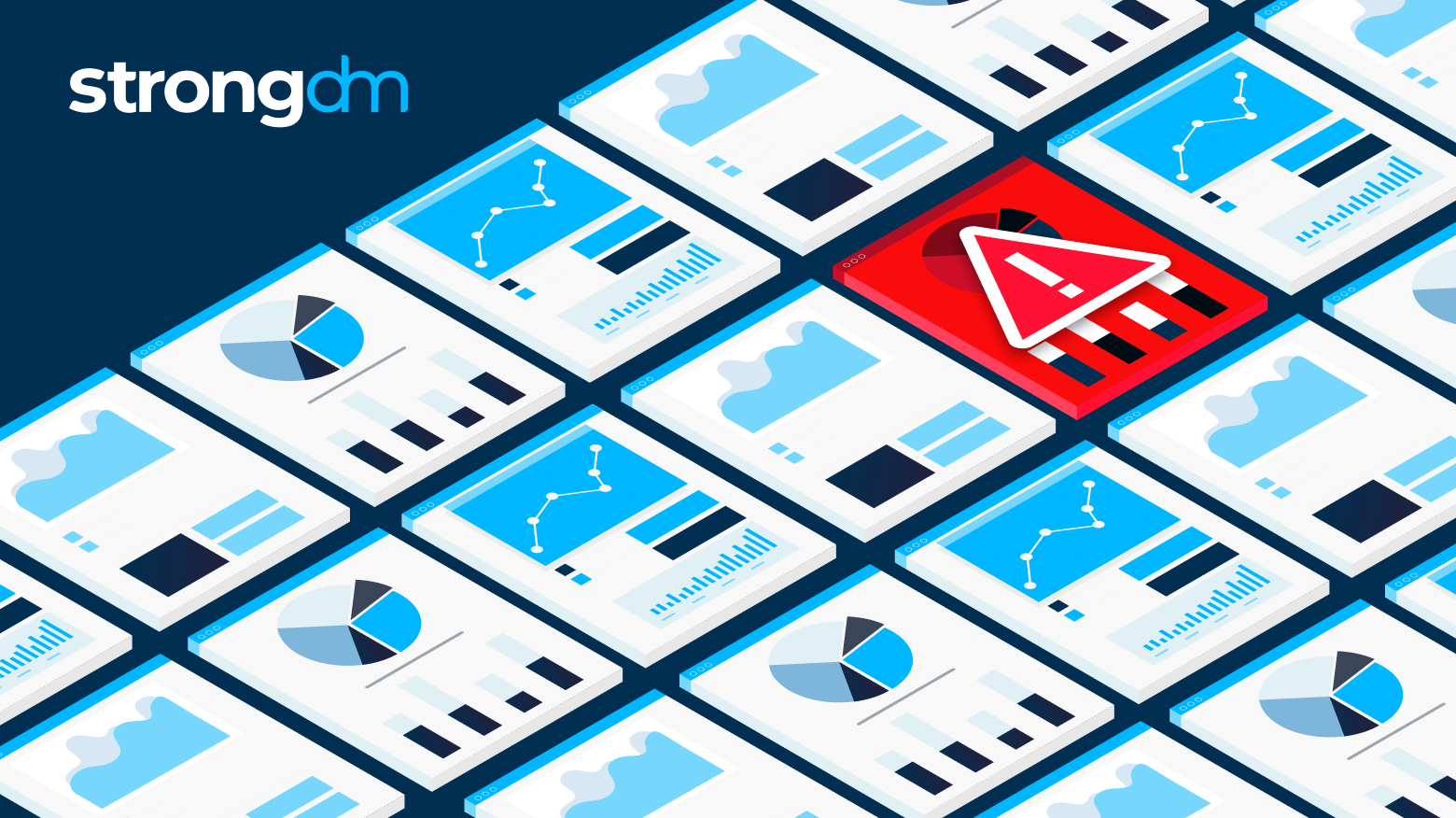
This article covers everything you need to know about anomaly detection and why anomaly detection is important for your organization’s security. You’ll learn about common challenges companies face when detecting anomalous data, types of anomaly detection, and anomaly detection methods your company can leverage. By the end of this article, you’ll know how to find anomalies in data and prevent irregular data incidents with practical anomaly detection models.

In this article, we cover the sensitive data definition and the main risks associated with it. You'll see real sensitive information examples and learn how sensitive data differs from personal data. By the end of this article, you'll understand what data is sensitive and how to protect it against cyber risks and exposures.
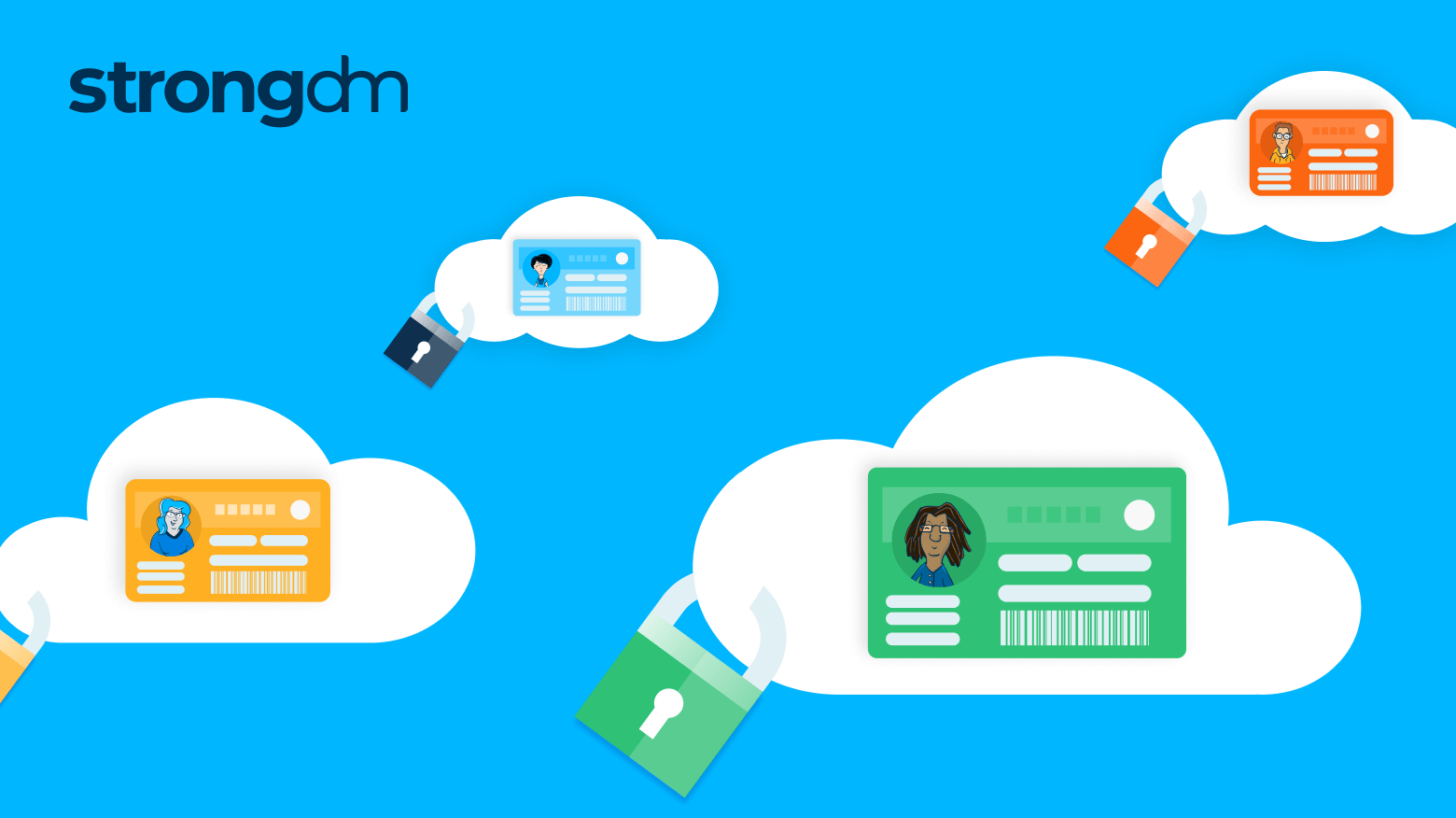
In this article, we’ll examine what Identity as a Service (IDaaS) is and how companies use IDaaS to enhance their security posture. You’ll learn why identity and access management (IAM) is important, how outsourcing IAM can support your goals, and the limitations of using a cloud-based IDaaS. By the end of this article, you’ll understand how an IDaaS solution works, the problems IDaaS addresses, and the role IDaaS will play in the future of identity management.
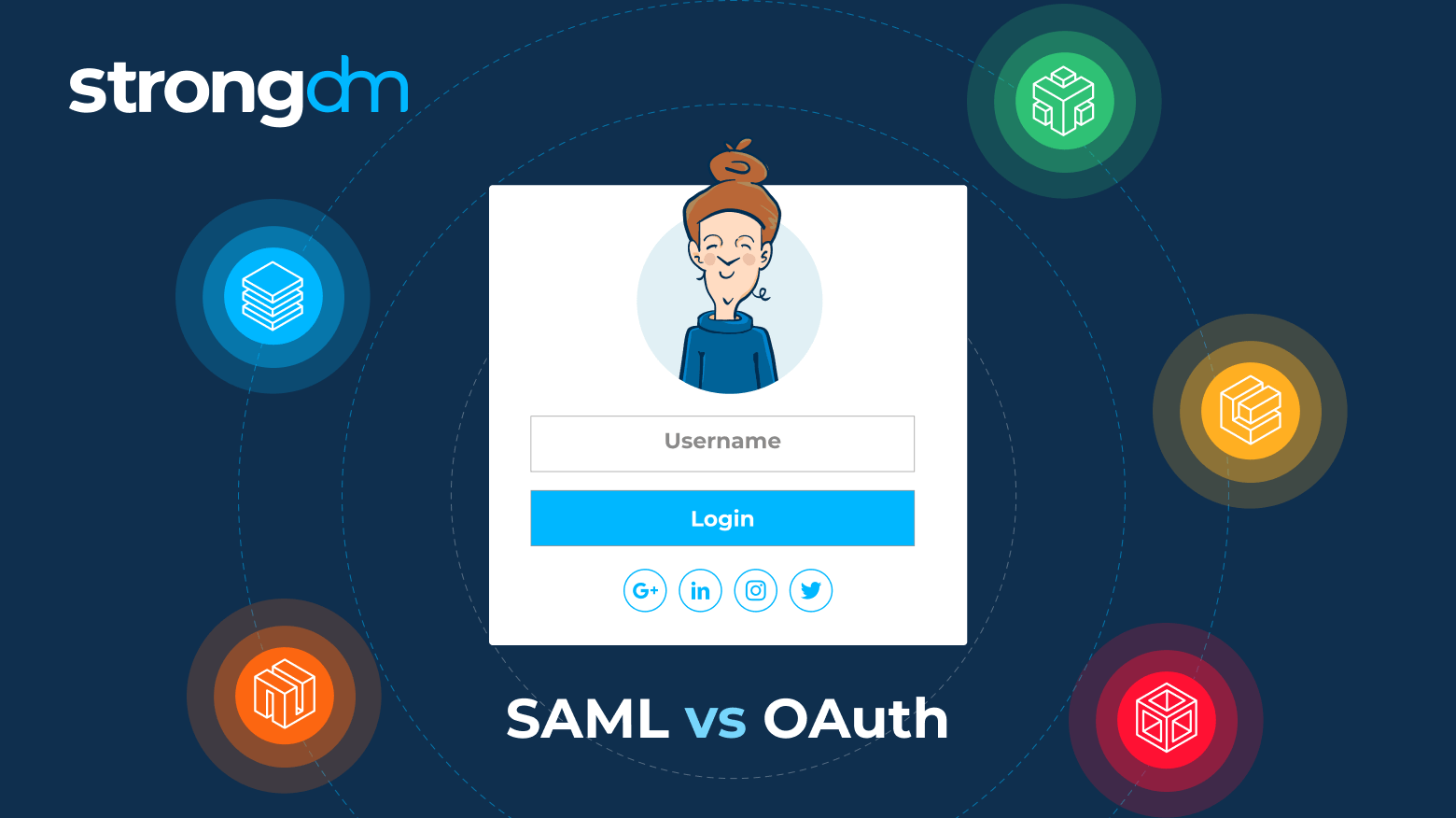
In this article, we will provide a high-level overview of the Security Assertion Markup Language (SAML) and Open Authorization (OAuth) information access frameworks. You’ll learn about the key similarities and differences between SAML and OAuth, the unique benefits of each framework, and specific use cases for each. By the end of this article, you’ll have a clear understanding of SAML and OAuth to help you determine which is right for your organization.

In this article, we’ll take a look at insider threats in cyber security and the dangers they pose. You’ll learn the insider threat definition, who the insiders are, the types of insider threats to be aware of, and how to detect threats. By the end of this article, you’ll have a clearer understanding of the entire insider threat ecosystem and the best practices you can use to protect your organization, data, and systems.

